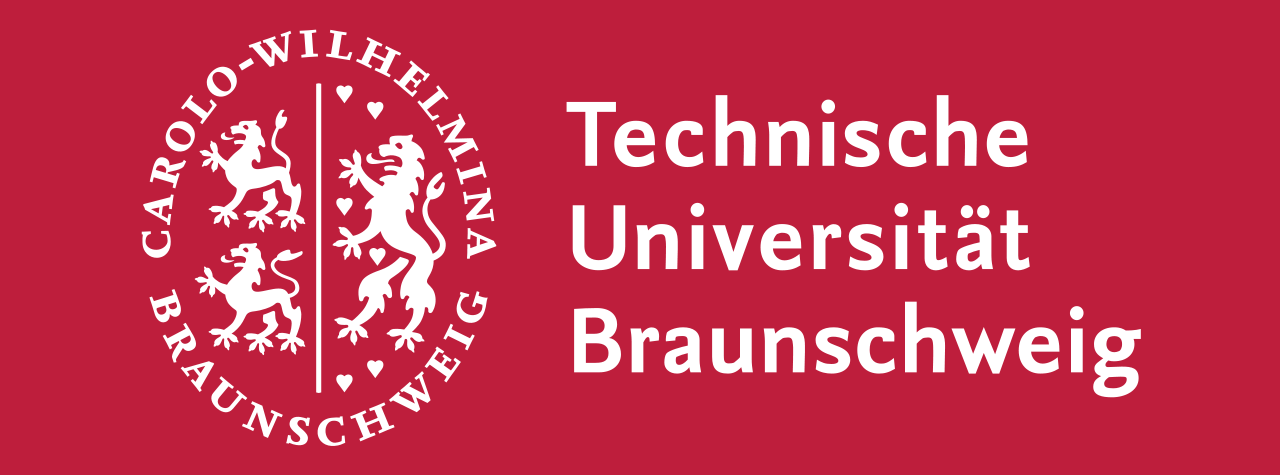Research Summary Report A05
Integration of Individualized Prefabricated Fibre Reinforcement in Additive Manufacturing with Concrete
[10.06.2022]
Rothe, Tom; Doctoral researcher,
t.rothe@tu-braunschweig.de, TU Braunschweig, Institute for Mechanics and Adaptronics (IMA)
Prof. Hühne, Christian; Project Leader,
Christian.Huehne@tu-braunschweig.de, TU Braunschweig, Institute for Mechanics and Adaptronics (IMA)
The individual integration of fibre reinforcement into large concrete components produced by Additive Manufacturing (AM) allows new design freedoms and reduces concrete consumption due to the lower cover height. The project A05 develops strategies to integrate freely formable reinforcement strands for the different AM processes of the AMC. For doing so, a Dynamic Winding Machine is developed and constantly updated. Thus, fibre strands can be adapted for different purposes and enables more efficient and easier production of highly customised, reinforced concrete elements.
Summary
Within the WG Hühne of A05, the individualized prefabrication of reinforcement strands by a developed Dynamic Winding Machine is addressed.
The WG Hack is focusing on strategies for the integration of the reinforcement strands into the different AM methods of the AMC.
A new version of the Dynamic Winding Machine (s. Fig. 1) was developed. It addresses needs and short comings of the previous machine, which mainly occurred while upscaling of the reinforcement strands. The improvements focus on the manufacturable diameter of reinforcement strands, the amount of secondary yarn stored on the secondary yarn bobbin and the storable material within the tension and storage unit.
Another point of interest was the application of the secondary yarn as surface structuring on the primary fibre strand for a form-locking connection to the concrete. To increase the production speed, the main fibre is guided through the bobbin of the secondary yarn. To minimise unbalance, the secondary bobbin is prevented from rotating around the primary filament. Other improvements are the winding pattern and pre-tensioning of the secondary yarn on the secondary yarn bobbin as shown in Fig. 2.
This apparatus is able to adjust the pre-tensioning and the winding angle α of the secondary yarn. Both aspects increase the smoothness of unwinding during the process by preventing an incising of the yarn into the remaining material on the bobbin. Thus, the quality of the produced reinforcement strand is increased.
Current state of research
The investigation of the influence of the helix winding on the mechanical properties of the reinforcement strands is an ongoing research task. The correlation between the helix winding density and the helix material and the tension properties of reinforcement bars is a main aspect of focus. For the investigation of this aspect, a parameter study is planned. Especially the production of straight reinforcement bars and their preparation as test samples is ongoing.
Besides the investigation of the tension behavior of the rebar itself, pull-out testing of different surface structuring patterns will be carried out as well. The goal of these investigations is to find the optimal surface structuring for different reinforcement diameters and different applications. The potential of the Dynamic Winding Machine to easily change the reinforcement shape, can be used to adapt reinforcement strands to the different AM methods.








